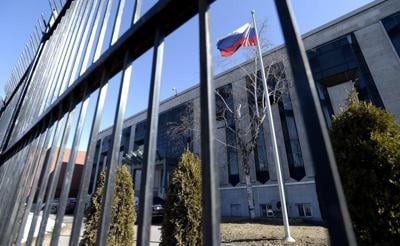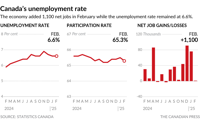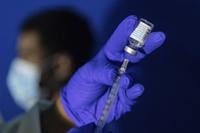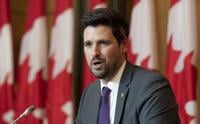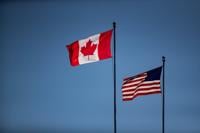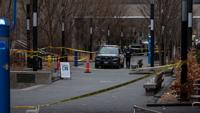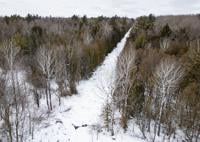OTTAWA - Federal officials were wary of creating a chill within ethnic communities and rattling Canada's bilateral relations as they fleshed out next steps to secure vital scientific research, internal documents show.
The details of those steps were shared in greater detail on Tuesday, when the federal government released a list of sensitive research areas and the names of labs and institutions considered a risk to national security.
The newly announced restrictions means the federal government will withhold funding for scientific research in 11 strategically important fields — including artificial intelligence, aerospace and satellite systems — when affiliated with certain institutions linked to military, defence or state security organizations in counties deemed a risk to Canada.
The federal government is concerned that China, Russia and Iran are determined to acquire sensitive ºÚÁϳԹÏÍø research and intellectual property by partnering on projects with academics in Canada.
Tuesday's announcement builds on a Feb. 14, 2023, federal statement that research in sensitive areas will not be funded if personnel are affiliated with institutions linked to military, defence or state security organizations of foreign counties deemed to be a risk to Canada.
The delicate process involved months of preparation, with Innovation, Science and Economic Development Canada co-ordinating with ºÚÁϳԹÏÍø security agencies and consulting the research community.
An internal Public Safety Canada memo, obtained through the Access to Information Act and drafted in mid-2023, indicated that the list of labs and research institutions "should be viewed as non-exhaustive," evolving to address emerging threats.
For instance, an expected update would "present a more comprehensive evaluation of Russian institutions that are still being assessed."
The list of research labs and academic institutions labelled as risks would be based on a set of criteria being developed by national security agencies.
A May 2023 briefing deck for deputy ministers, also released under the access law, said Public Safety had identified the 11 sensitive technology areas, which were divided into subcategories.
Researchers need detailed guidance on implementation "that is proportionate and does not inappropriately limit academic freedom," the briefing materials said.
"Strong concern about a chill within the research community (e.g. ethnic communities may be targeted). Well-considered messaging will be needed to mitigate this risk."
The materials added that listing specific institutions as risks "will have an impact on Canada's bilateral relations" and could be seen as a move away from an approach that was "country- and company-agnostic" to avoid stigmatizing communities.
The materials indicate federal officials wanted the procedures to reflect "an anti-racism lens" that would promote "inclusive environments and target only threats, not groups of people."
The internal notes also flagged a possible dilemma for some researchers between direct funding from foreign sources or from the ºÚÁϳԹÏÍø government. "Stakeholders have been requesting more federal funding for sensitive research areas to mitigate this issue."
Ultimately, the notes suggest, officials hoped the system would balance open science and security by targeting the highest risks while allowing research to thrive.
This report by ºÚÁϳԹÏÍø was first published Jan. 16, 2024.

